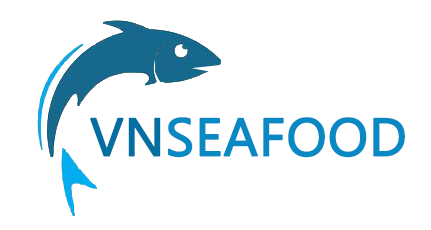The container shipping market is undergoing significant changes, with freight rates from Asia on a downward trend, even as port congestion challenges persist. A three-day strike by the International Longshoremen’s Association (ILA) recently stranded 70 vessels at East Coast ports, causing substantial delays. Experts anticipate it could take days, even weeks to fully clear this backlog. However, this congestion has not slowed the broader decline in freight rates, which have been decreasing steadily as demand softens.
Key Updates
-
Surcharges on Hold: Initially, some carriers planned to implement surcharges of $1,000 to $4,500 per 40-foot container in response to the strike. However, these have been temporarily suspended, giving shippers a break amid fluctuating demand.
-
Increasing Blank Sailings: To reduce port congestion, shipping companies are increasing blank sailings—canceling certain voyages to allow U.S. ports time to recover and stabilize.
-
Falling Rates on Major Routes:
- Shanghai to New York: Rates decreased 3% to $5,761 per container.
- Shanghai to Los Angeles: Rates dropped 5% to $5,071 per container.
The steady decrease in rates suggests that lower seasonal demand is setting the stage for more competitive shipping costs on key trans-Pacific routes.
Industry Challenges & Strategic Adaptation
While the decline in freight rates may ease import costs, the industry faces ongoing challenges. East Coast congestion is expected to persist, and shippers must stay alert to potential geopolitical impacts and demand shifts that could affect costs and supply timelines. Companies are advised to adopt flexible logistics strategies and monitor market dynamics closely to optimize their approach in this changing landscape.
What Lies Ahead: Navigating a Transition
The container shipping market is entering a transitional phase, with falling rates and operational adjustments reflecting a new reality in global supply chains. As the industry adapts to post-strike conditions, companies will need to balance cost efficiency with strategic planning to overcome emerging challenges and seize opportunities in this evolving market.
Stay tuned for the latest insights as we monitor these trends and help you navigate the container freight landscape in a cost-effective and sustainable way





